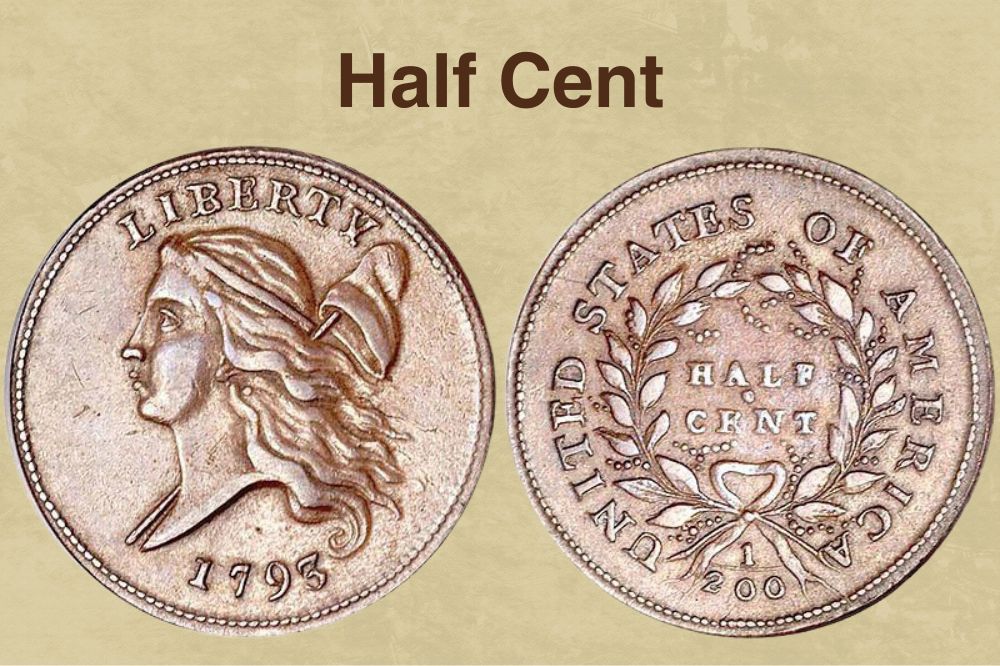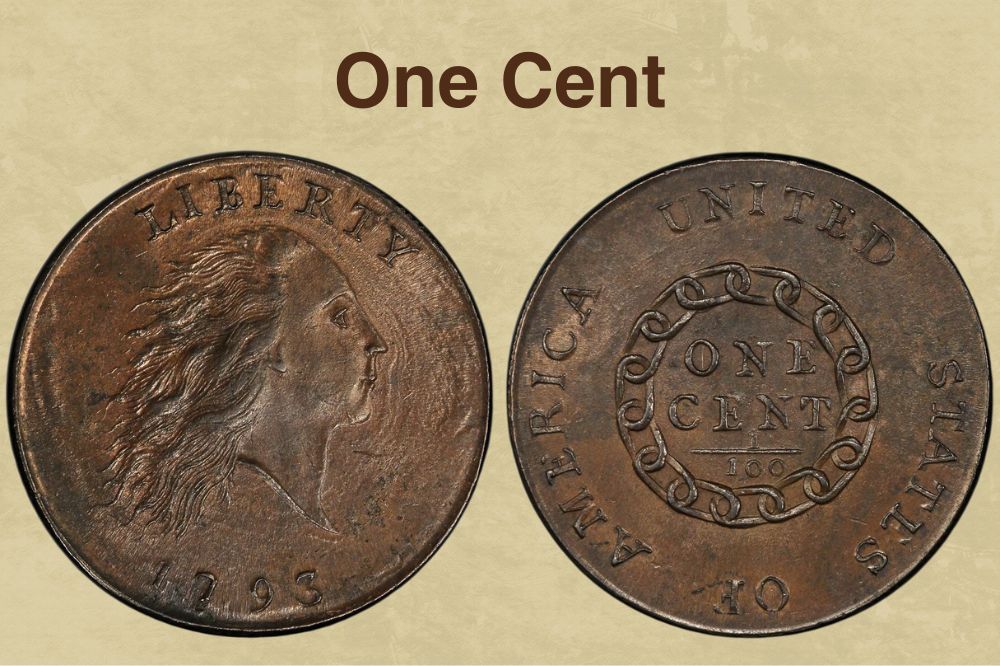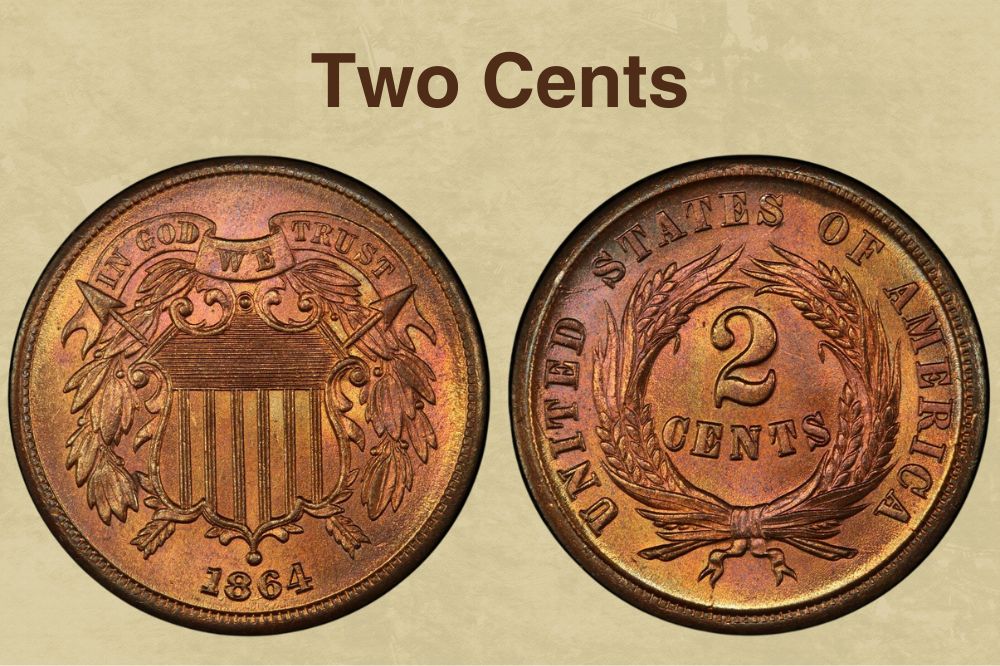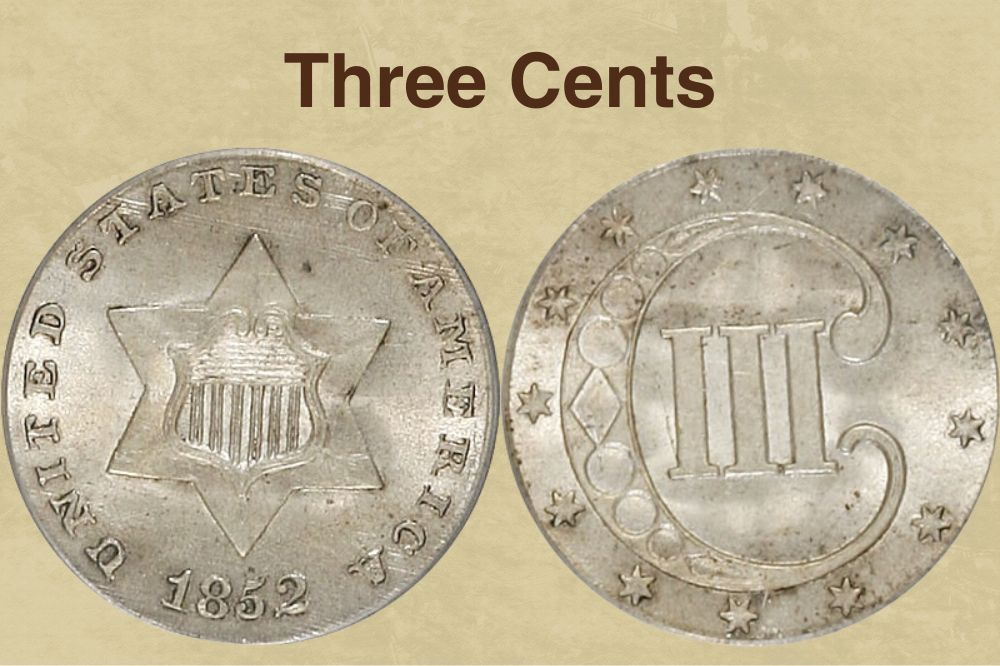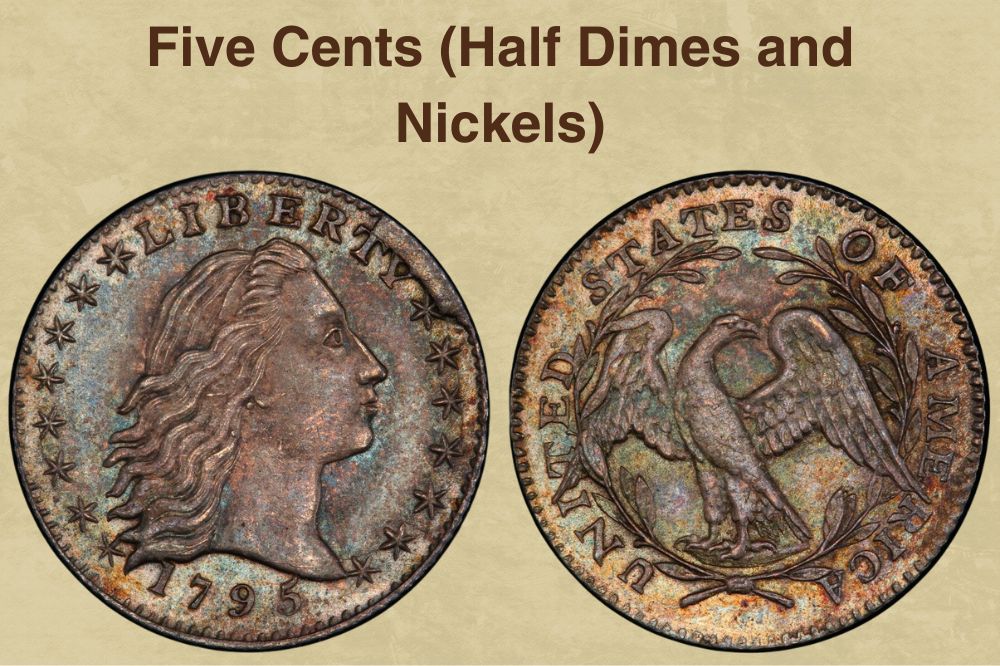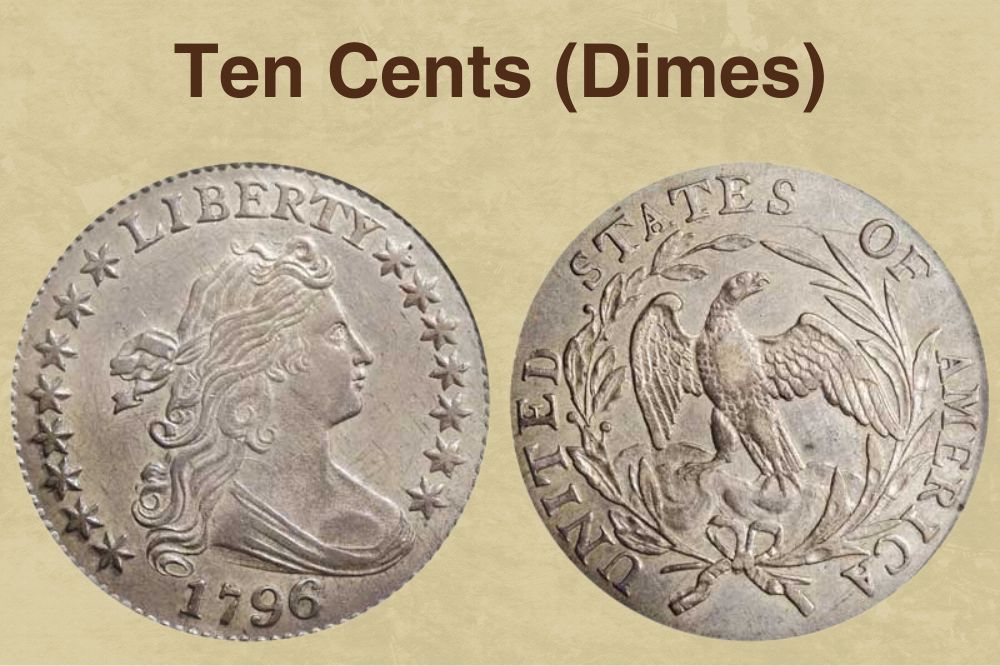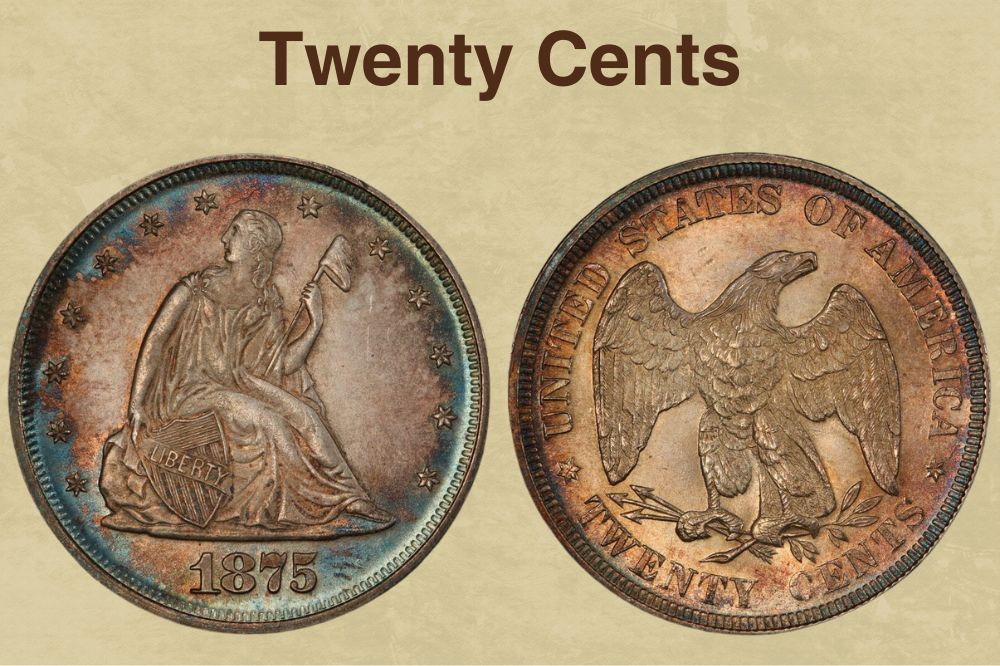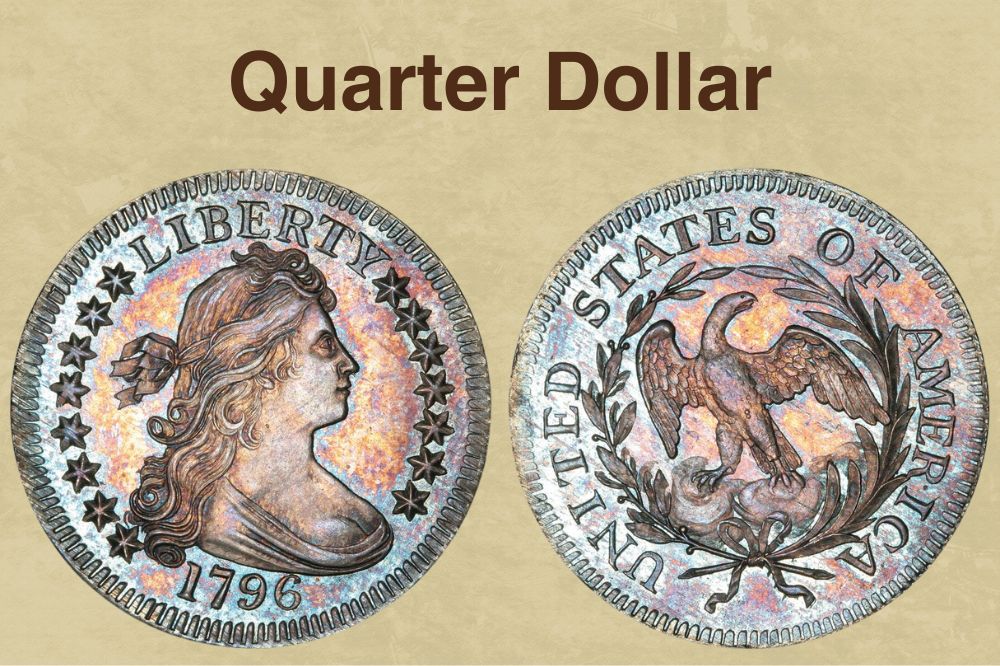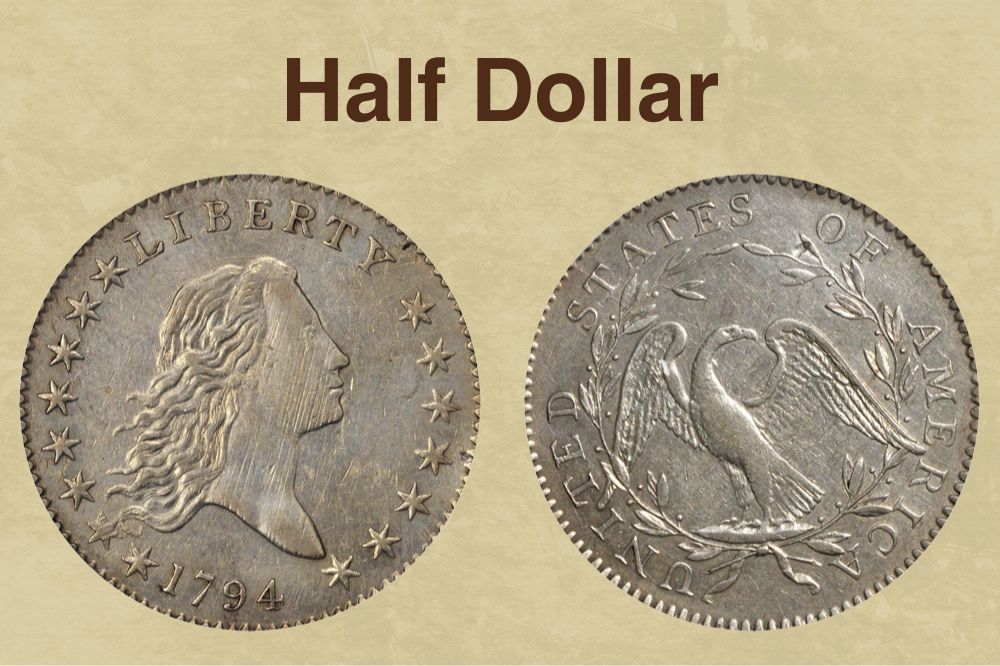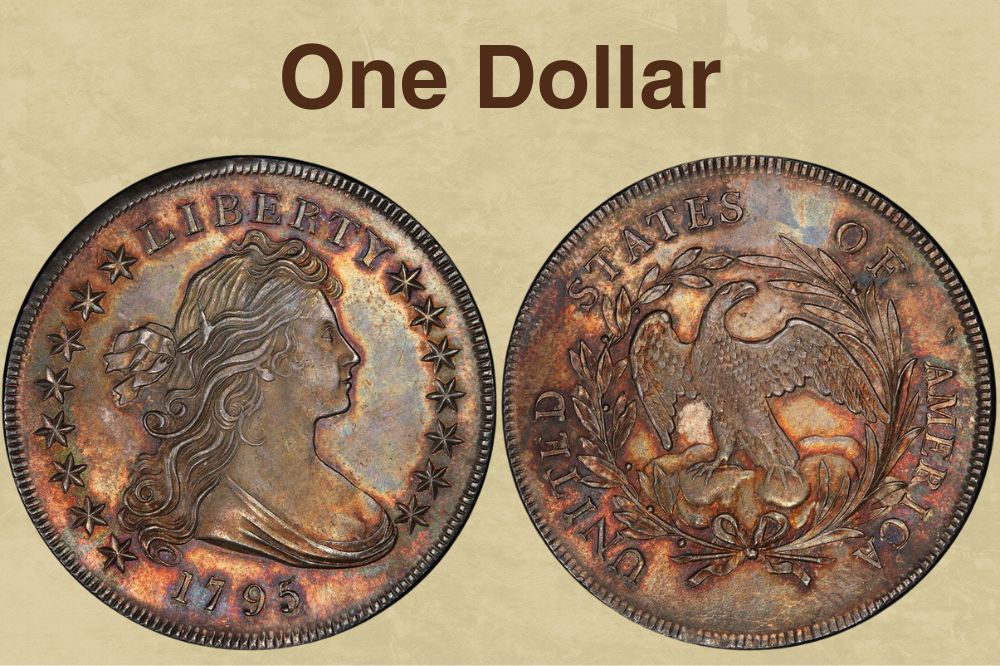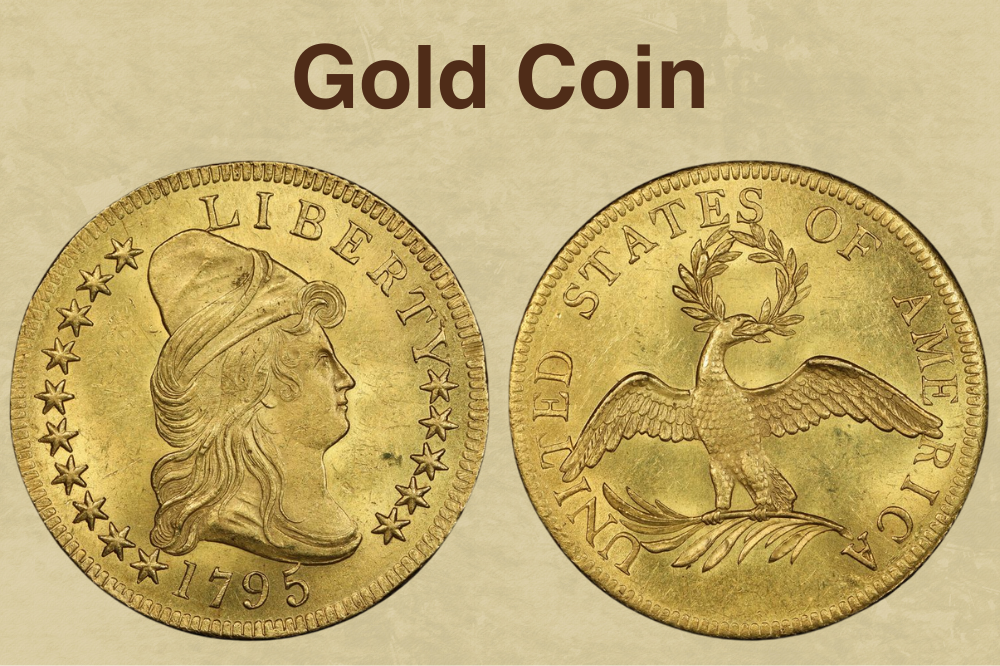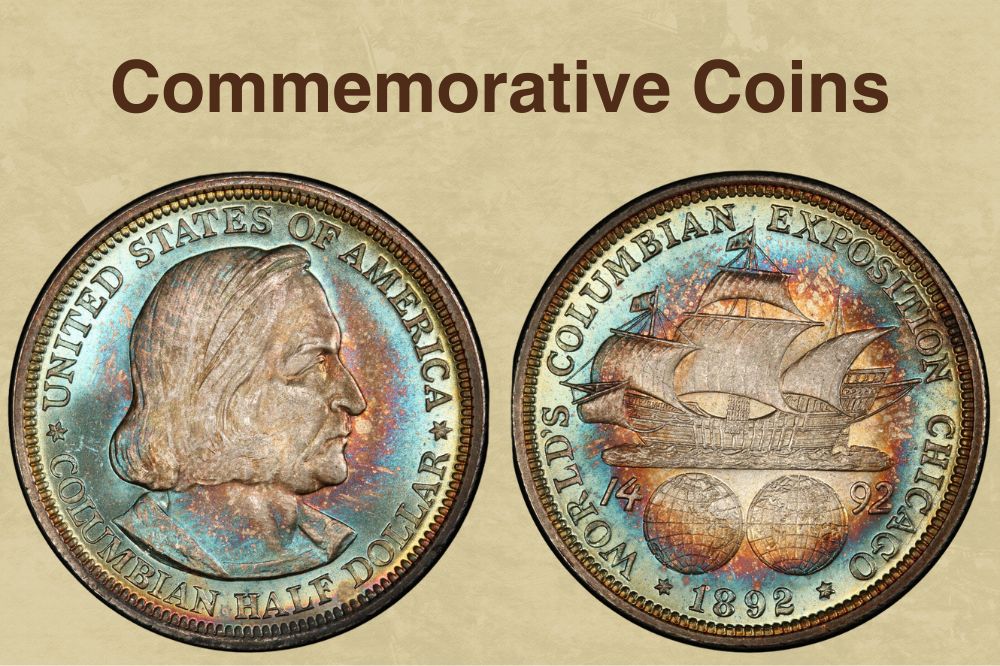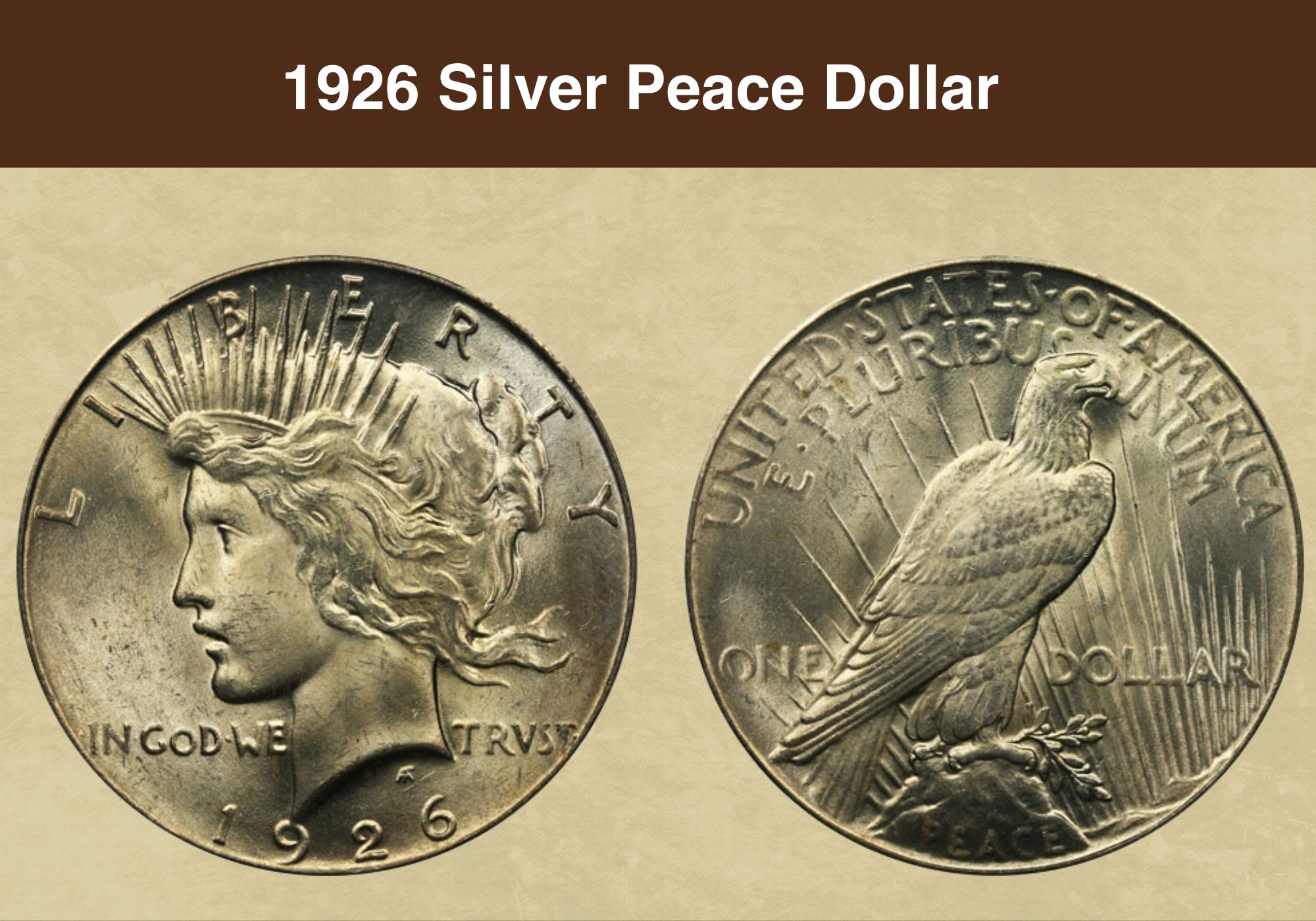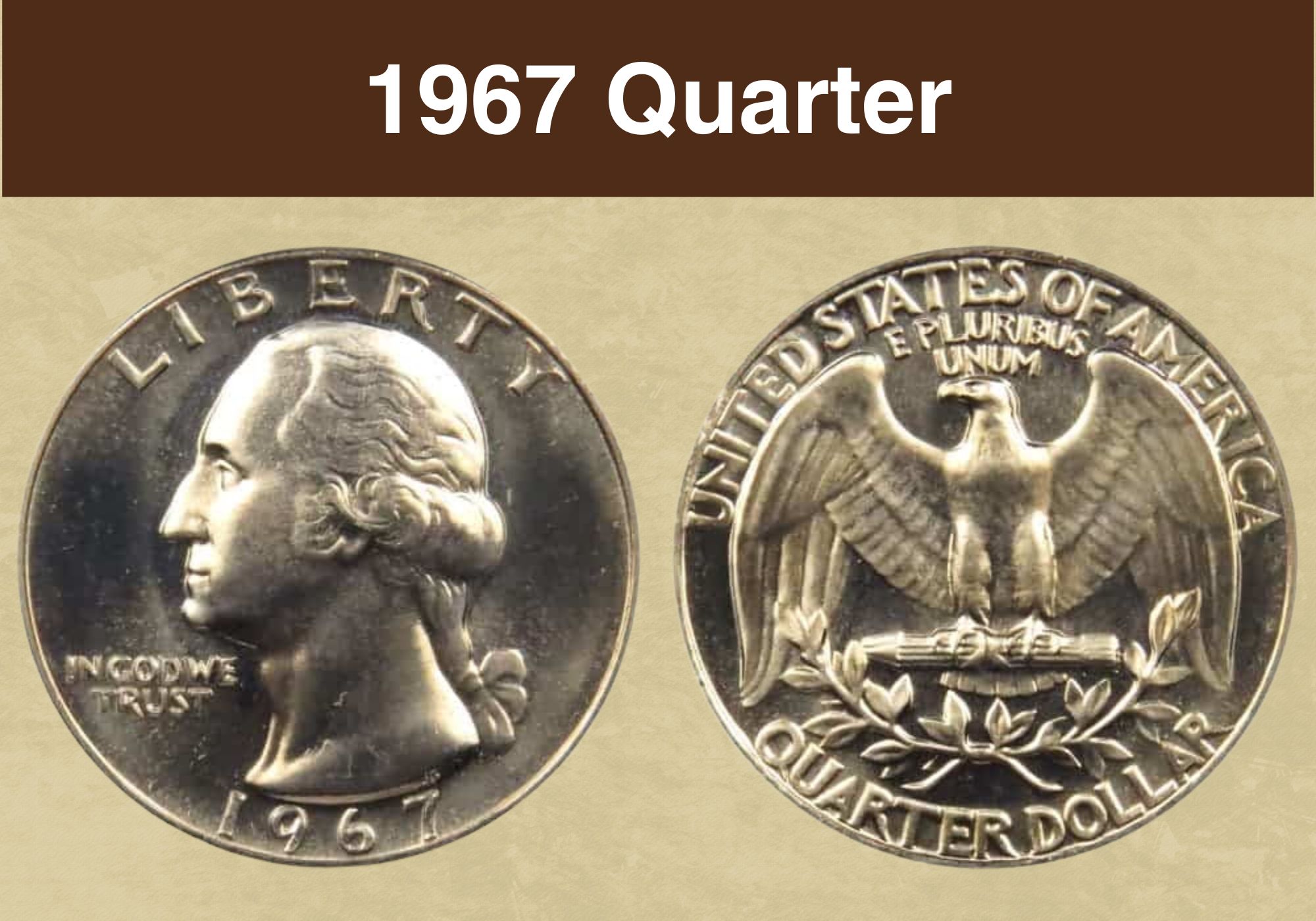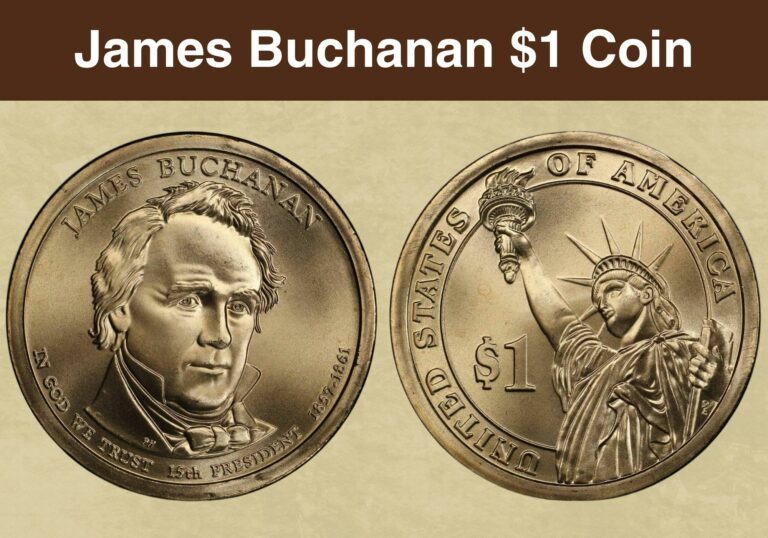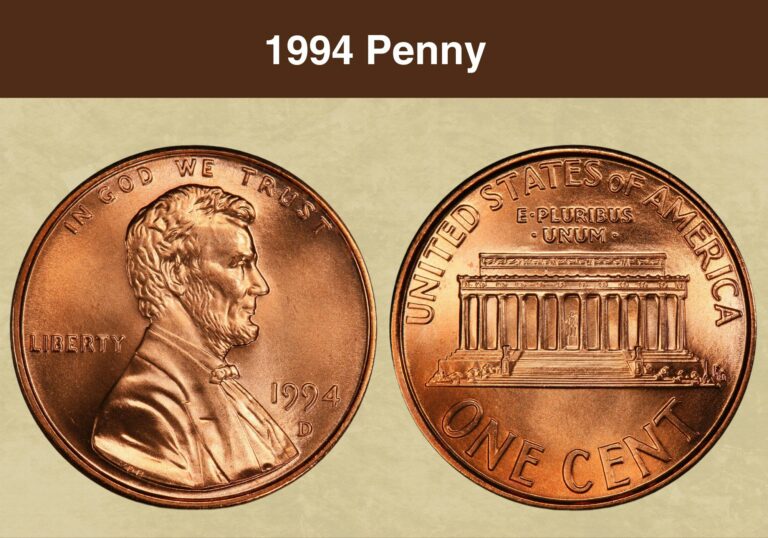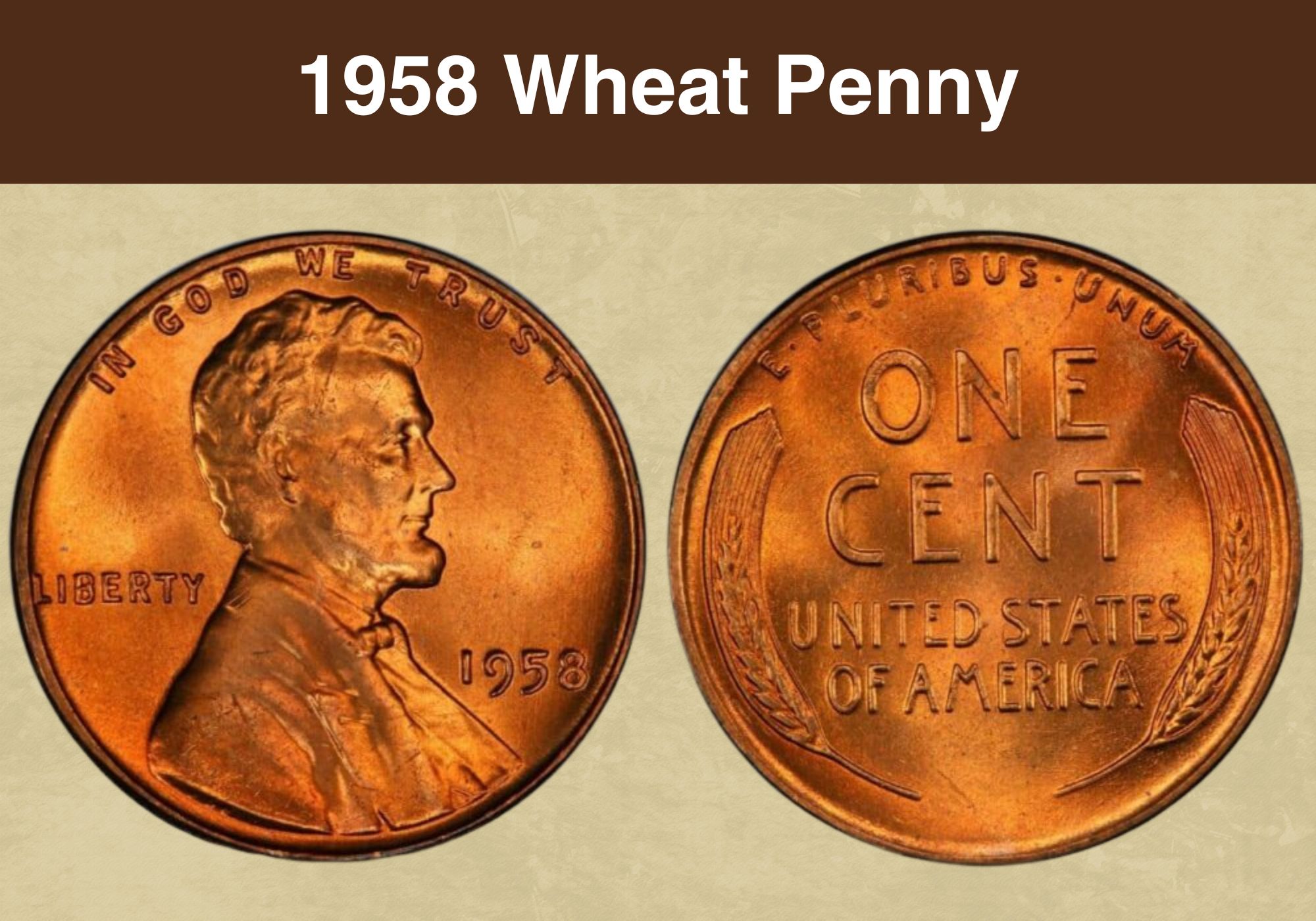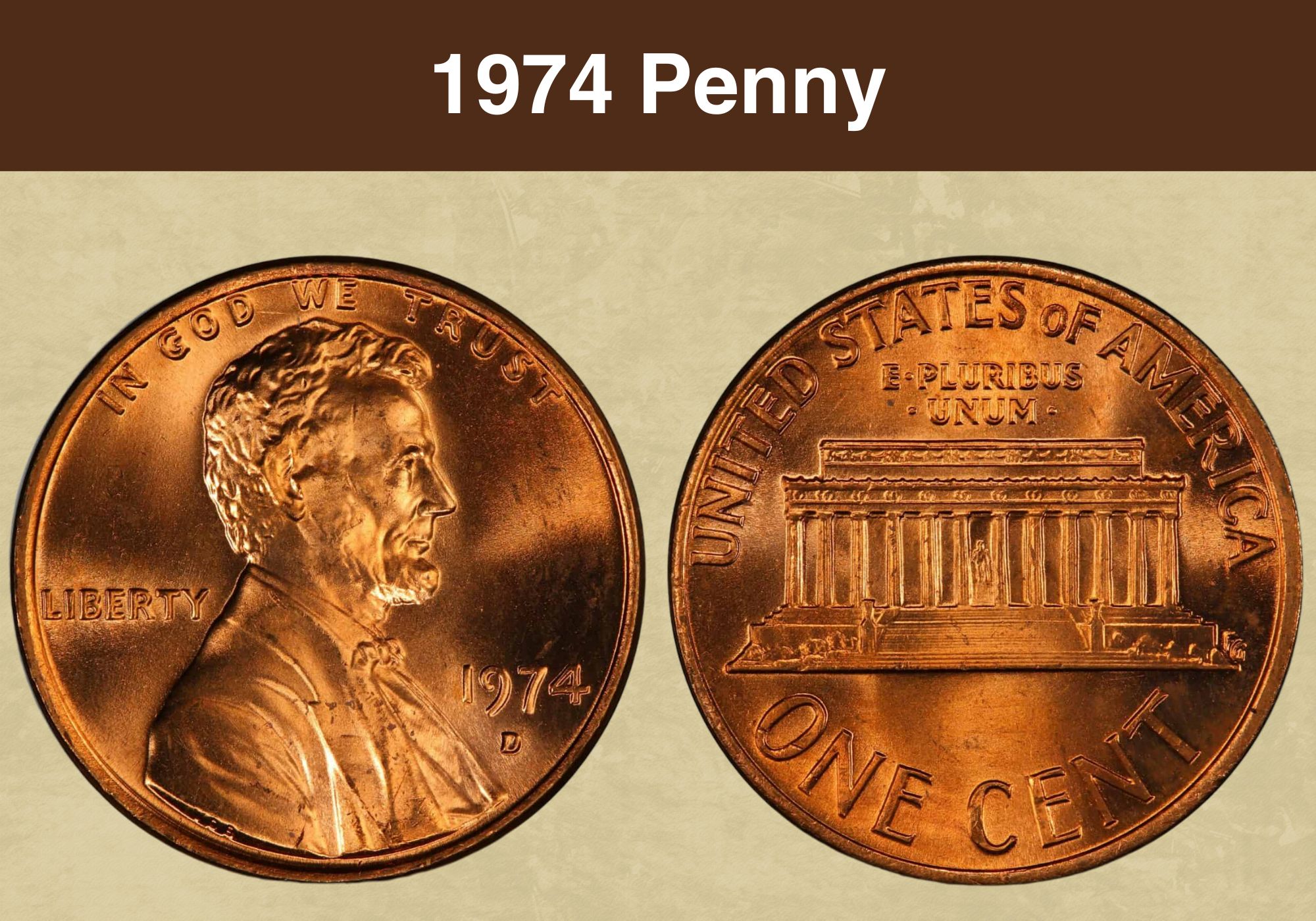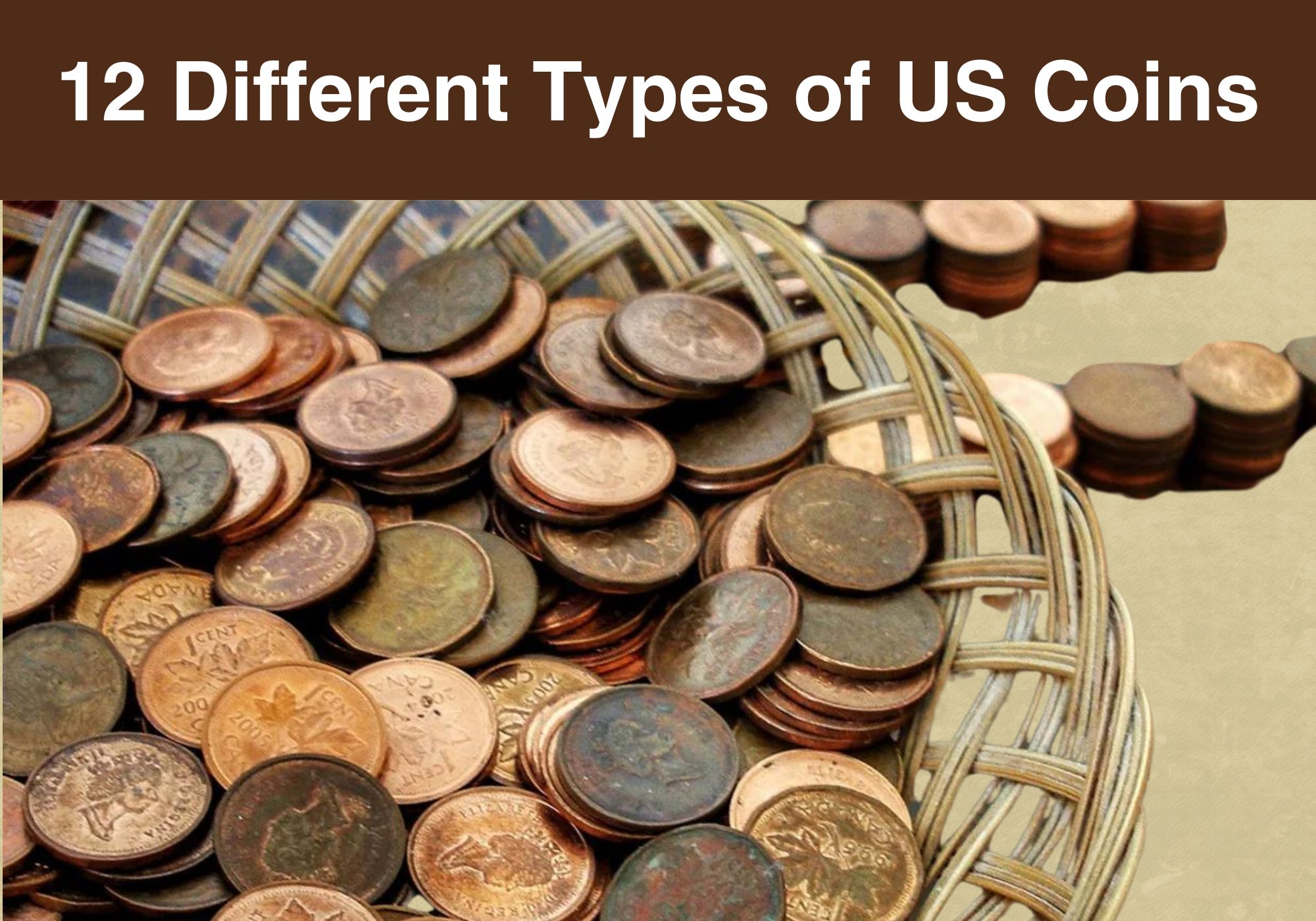
The United States coinage has evolved alongside the country’s long and diverse history.
Whether you are new to collecting or are just curious, learning about the types of US coins is exciting. It reveals an interesting aspect of our history, culture and heritage.
If you are a collector, familiarizing yourself with these coins can help you organize your hobby in a way that allows you to collect the most valuable coins.
In this article, we will explore the history of US coinage and discover the various types of coins our great country offers.
So, let’s get started!
A Brief History of United States Coinage
Congress passed the Coinage Act of 1792 to create the country’s first mint in Philadelphia. The early currency, particularly the dollar, was pegged to the Spanish milled dollar. The result was three distinct coin categories, i.e. copper, silver and gold.
That said, our country’s history of circulating coins can be traced back to long before we had an official mint. Before the Philadelphia facility, people used foreign and locally made coins.
Spanish milled dollars, German thalers, British pounds, and other smaller coins made by the various colonies were primarily in circulation during the Colonial Period.
Following the Revolutionary War, the Articles of Confederation allowed the various states to create their own coins and coinage system. However, this liberal idea led to a lot of confusion and made inter-state trading cumbersome, as the same coin would be worth a different amount from one state to another.
The passage of the Coinage Act sought to end this confusion by establishing a national coinage that all states would use.
Let’s now explore the different types of United States coins.
Different types of US Coins
1. Half Cent
The half-cent was the first and smallest currency the United States Mint struck after introducing the Coinage Act in 1792. First produced in 1793, half cents were made from copper at the Philadelphia facility.
Production of half cents continued until 1857, when a congressional act stopped further minting of these coins.
Because most of the early dies were handmade, United States half-cents have more varieties and errors than any other coin in the country’s coinage history.
There are six series of U.S. half-cent coins. These are:
- Liberty Cap with a Left-Facing Portrait (1793 to 1793)
- Liberty Cap with a Large Right-Facing Portrait (1795 to 1794)
- Liberty Cap with a Small Right-Facing Portrait
- Draped Bust Half Cent (1800 to 1808)
- Classic Head Half Cent (1809 to 1836)
- Braided Hair Half Cent (1840 to 1857)
2. One Cent
The next coin to be launched in 1793 after the passing of the Coinage Act of 1792 was the one-cent coin, later known as a penny.
Like the half-cent coins, cents have numerous varieties and errors as they were struck from unique, handmade dies.
The early one cents struck from 1793 to 1857 were large, bulky coins. They include the following series:
- Flowing Hair Cent with a Chain Reverse (1793)
- Flowing Hair Cent with a Wreath Reverse (1793)
- Liberty Cap Cent with a Narrow Planchet (1793 to 1795)
- Liberty Cap Cent with a Bulky Planchet (1795 to 1796)
- Draped Bust Cent (1796 to 1807)
- Classic Head Cent (1808 to 1814)
- Matron Head Cent (1816 to 1835)
- Matron Head Cent with a Young Head (1836 to 1839)
- Braided Hair Cent (1839 to 1857)
Starting in 1856, the mint adjusted the size of the one cent, opting for a smaller penny due to the rising cost of copper. The Mint struck its first cupro-nickel penny with a smaller diameter in 1856.
The small cupro-nickel pennies include:
- Flying Eagle (1856 to 1858)
- Indian Head Cent with a Laurel Wreath (1859 to 1859)
- Indian Head Cent with an Oak Wreath (1860 to 1864)
- Indian Head Cent with an Oak Wreath on a Bronze Planchet (1864 to 1909)
- VDB Lincoln Cent with Wheat Ears (1909)
- Lincoln Cent with Wheat Ears on a Zinc Coated Steel Planchet (1909 to 1942)
- Memorial Lincoln Cent on a Bronze Planchet (1959 to 1982)
- Memorial Lincoln Cent on a Copper-Coated Zinc (1982 to 2008)
- Bicentennial Lincoln Penny (2009)
- Lincoln Penny with Shield Reverse (2010 to date)
3. Two Cents
In 1864, a Congressional Act changed several features of the one-cent coin, including the metallic composition and the weight. This same Act also introduced the two-cent coin.
The United States two-cent coin was struck from 1864 to 1872. The coin bears a shield reverse resembling that of a five-cent coin. It is among the coins with the shortest lifespan in our coinage history.
4. Three Cents
The United States Mint introduced the three cents coin in 1851, the smallest coin by size in the country’s coinage history.
Until 1853, the three cents, which measures 14 millimetres in diameter, was struck in 75 per cent silver. The Mint then changed the coin’s composition to 75 per cent copper and 25 per cent nickel due to the skyrocketing prices of silver.
The new copper-nickel three-cent coin was also enlarged to measure 17.9 millimetres in diameter. The two variations of the three-cent coin include the:
- Silver three cent (1851 to 1873)
- Nickel three cent (1865 to 1889)
5. Five Cents (Half Dimes and Nickels)
Half dimes were among the earliest coins struck after the Coinage Act of 1792. The Mint produced these silver coins until 1873.
Faced with high silver prices, the Mint halted production of silver half dimes in 1866, replacing them with five-cent coins, aptly known as nickels.
Nickels are still in production, with the most current being the Jefferson nickel with a large portrait on the obverse and the new Monticello on the reverse.
The early half-dime series includes the following:
- Half dime (1792)
- Flowing Hair Half Dime (1794 to 1795)
- Draped Bust Half Dime with a Small Eagle (1796 to 1797)
- Draped Bust Half Dime with a Heraldic Eagle (1800-1805)
- Capped Bust Half Dime (1829 to 1837)
- Seated Liberty Half Dime (1837 to 1873)
The types of nickels struck include the following:
- Shield Nickel With Rays (1866 to 1867)
- Shield Nickel Without Rays (1867 to 1883)
- Liberty Head Nickel (1883 to 1913)
- Indian Head Nickel (1913 to 1938)
- Jefferson Nickel (1938 to date)
6. Ten Cents (Dimes)
Also known as dimes, ten-cent coins were among the Mint’s earliest currencies. Struck in 1796, the dime is still in use today despite undergoing numerous design changes.
The ten-cent coin closely resembles the half-dime design. These coins were struck in silver until 1964 when copper and nickel replaced silver as the metal of choice for coin production.
Examples of the dimes the U.S. Mint produced include the following:
- Draped Bust Dime 1796-179
- Capped Bust Dime (1809 to 1837)
- Seated Liberty Dime (1837 to 1874)
- Barber Dime (1892 to 1916)
- Winged Liberty or Mercury Dime (1916 to 1945)
- Silver Roosevelt Dime (1946 to 1964)
- Clad Roosevelt Dime (1964 to date)
7. Twenty Cents
Some coins span several years, while others, like the twenty cents, last only a few years.
The Mint introduced the twenty cents in 1875 through a Congressional Act.
Silver metal owners pressured the government into buying large quantities of the metal, which was subsequently used to make coins such as the twenty-cent coin.
Initially, there were no plans to produce such a coin and unsurprisingly, the Mint halted production of the coin in 1878 after a short three-year run marked by low demand for this coin.
8. Quarter Dollar
The quarter dollar is among the longest-running and most popular U.S. coins. First struck in 1796 as the Draped Bust quarter dollar, this coin is still produced and is in use to date.
Until 1964, the Mint produced quarters in silver, changing the composition to copper and copper-nickel cladding.
Examples of quarter dollars issued over the years include the following:
- Draped Bust Quarter Dollar (1796)
- Capped Bust Quarter Dollar (1815 to 1838)
- Seated Liberty Quarter Dollar (1838 to 1874)
- Barber Quarter Dollar (1892 to 1916)
- Standing Liberty Quarter Dollar (1916 to 1930)
- Washington quarter dollar (1932 to 1975)
- Bicentennial Washington quarters (1976)
- 50-State Quarters (1999 to 2008)
- District of Columbia and U.S. Territories (2009)
- America the Beautiful (2010 to present)
9. Half Dollar
The half dollar was introduced into circulation in 1794. Over the years, this coin has more or less maintained its design featuring the heraldic eagle on the reverse and continues to be very popular among collectors.
Half-dollar series produced by the Mint include the following:
- Flowing Hair Half Dollar
- Draped Bust Half-Dollar
- Capped Bust Half-Dollar
- Seated Liberty Half-Dollar
- Barber Half Dollar
- Walking Liberty Half Dollar
- Franklin Half Dollar
- Kennedy Half Dollar
Check Half Dollar Value By Year
10. One Dollar
The one-dollar coin was introduced in 1795 and was struck in silver.
The dollar was the currency of choice for commercial transactions and was a much sought-after coin among collectors for a couple of years.
The Morgan and Peace dollar helped to popularize the dollar. It would be safe to say that the coin has retained its appeal in the commercial and numismatic fields.
The U.S. dollars of the late 19th century are highly sought-after among collectors. In addition to the Morgan and Peace dollars, others, such as the Eisenhower and Susan B Anthony series, are well-liked.
Examples of one-dollar series struck over the years include the following:
- Flowing Hair Dollar
- Draped Bust Dollar
- Seated Liberty Dollar
- Trade Dollar
- Peace Dollar Eisenhower Dollar
- Susan B Anthony Dollar
- Sacagawea Dollar
- Presidential Dollar
- Native American Dollar
- American Innovation Dollar
Check One Dollar Value By Year
11. Gold Coins
The Mint issued the first gold coin in 1795 in a $10 denomination. Known as an Eagle, this gold coin was the basic unit of all other gold coins the Mint issued in the following years.
Examples of the gold coin series include the following:
- One-dollar Eagle
- Quarter Eagle
- There- Dollar Gold Coin
- Four-dollar Gold Coin in proof only
- Five-dollar Half Eagles
- Ten-dollar Eagles
- Twenty-Dollar Double Eagle
12. Commemorative Coins
Commemorative or celebratory coins play an important role in the history and culture of the United States.
The United States Mint issues these coins to celebrate historical milestones, honour individual achievements and commemorate important people who’ve had a lasting impact on our country’s heritage, culture, and history.
The first commemorative currency was issued in 1892 to celebrate the Columbian Exposition. Production of these coins flowed into the following year due to unexpected project delays.
The Mint temporarily halted producing commemorative coins in 1954 after powerful legislators began influencing the coin program. Production resumed in 1982, lasting only two years until 1984 when a Congressional Act authorised the Mint only to mint two types of commemorative coins a year.
FAQ
Which US coin is the heaviest?
The heaviest current circulating is the half dollar. Made of 75% copper and 25% nickel, this coin weighs 11.34 grams. The double eagle gold coin, also known as the twenty-dollar coin, was once the heaviest in the history of U.S. coinage. Struck from 1849 to 1933, the double eagle gold coin weighed a whopping 33.4 grams, three times heavier than the current circulating half dollar.
What are the 4 types of US coins?
United States coins can be categorized into pennies, nickels, dimes, and quarters. Each is valued differently and has its distinctive physical attributes. Familiarizing yourself with the individual coins in each category can help organise and streamline your collecting hobby.
Which US coin is expensive?
There are many valuable types of US coins, but some are more popular than others among collectors. The Saint-Gaudens Double Eagle $20 gold coin of 1933 is the most expensive US coin, valued at $20,212,100. The second most highly valuable coin is the Flowing Hair Silver Dollar of 1794, valued at $13,311,850. Lastly, the third most expensive US coin is the Brasher Doubloon (1787), valued at an impressive $10,009,500.

